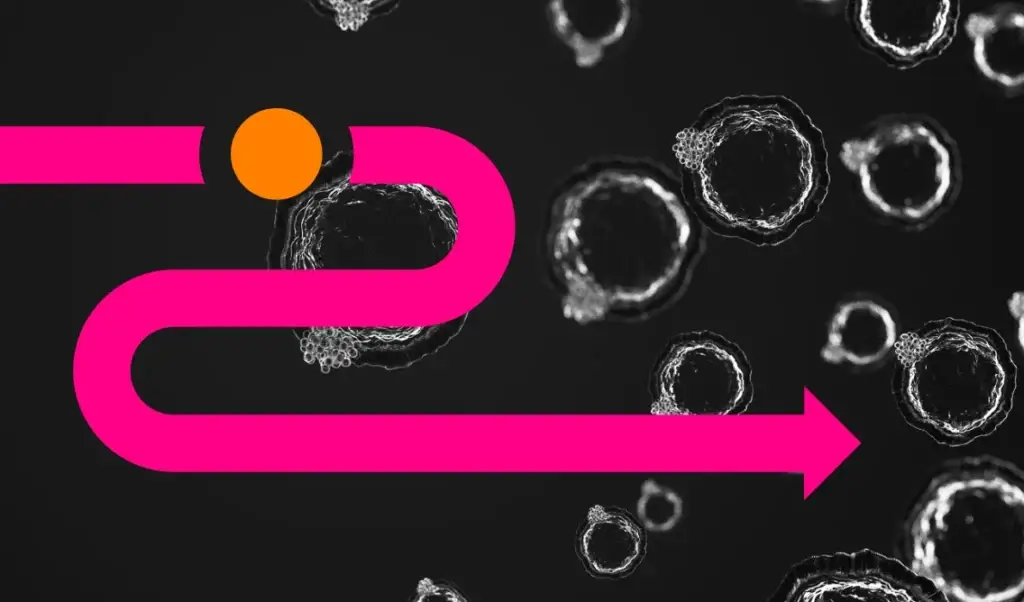What We’re Reading
Written by:
Date:

Sure, we might all work at the same agency, but that definitely doesn’t mean we all read the same thing or for the same reasons! HDMZers have a thirst for knowledge by nature. It’s part of our brand. Reading can be an escape for some, a journey for others, but a learning opportunity for all. Take a look at what some of our team members have been picking up recently!
Mohana Ray
Associate Director, Public Relations
The Atlantic published an article titled: One More Thing We Have in Common With Cats (so, of course, I HAD to read it).
What I found interesting:
- Cat genomes are remarkably similar to humans in architecture (second only to primates)
- Cats suffer from a lot of the same diseases as humans, and studying them can provide insights into treatments for human diseases. They can also be a good model system for studying basic principles of genetics, such as X-inactivation in calico cats
- The first cloned cat was called Carbon Copy, abbreviated as CC (here’s the paper in case anyone is interested) had a coat coloration pattern that, despite its name, was not a carbon copy of the cat it was cloned from
- As research volunteers, cats tend to be sullen and reserved (what a surprise)
Emily Doherty
Director, Talent Management
I just recently finished 56 Days by Catherine Ryan Howard and give it 5 stars! I love to read to escape and I always need a page-turning thriller. 56 Days was especially ironic (or timely, I suppose) because it took place in Dublin, March 2020. It felt like I was reliving the early days of the pandemic that felt both so long ago yet not long at all. I highly recommend it to anyone who loves a good ol’ murder mystery. As a Book of the Month subscriber, I always have my next book on hand.
Chad Berryman
Senior Technical Developer
I took this article to heart: https://www.livescience.com/hottest-temperature-people-can-tolerate.html
I started my life in Independence, MO where it can be upwards of 100% humid in the summer. I was about 13 years old when we moved to the Sacramento area, where it is very rarely humid here, and at most, might get up to around 50% humid for a SHORT time, if at all. However, the summers are incredibly hot with multiple days over 100 as a standard. I moved to Seattle, WA in my mid-twenties, and back then, it was never hotter than about 80 and never humid. I moved back to the Sacramento area in my mid-thirties, and ever since, I have hated the summer heat. I had to go back to Independence, MO summer last year, and I also hate the humidity too.
Reading this article about the combination of both heat and humidity and how it can severely impact humans, if not being fatal, made me think fearful for the future. I have never heard of the wet-bulb scale, but after reading this, knowing a 3-hour exposure to a mere 102 (Sacramento standards) with a 77% humidity can kill you, and seeing the negative impacts of climate change, made me realize that this limit, which is only in a few places in the world now, will probably become the norm in a lot of places, in only 30 years or so. That really scares me, not for me specifically, but for our children’s generation and their children.
Katy Steele
Writer
I thought this was a fascinating approach to making information about different diseases more accessible. While I’m not convinced that these personifications are in the best taste, I enjoyed the amount of creativity behind them. It’s a great reminder to consider new perspectives on how we can communicate about health.
You may also like
All rights reserved Privacy Policy






